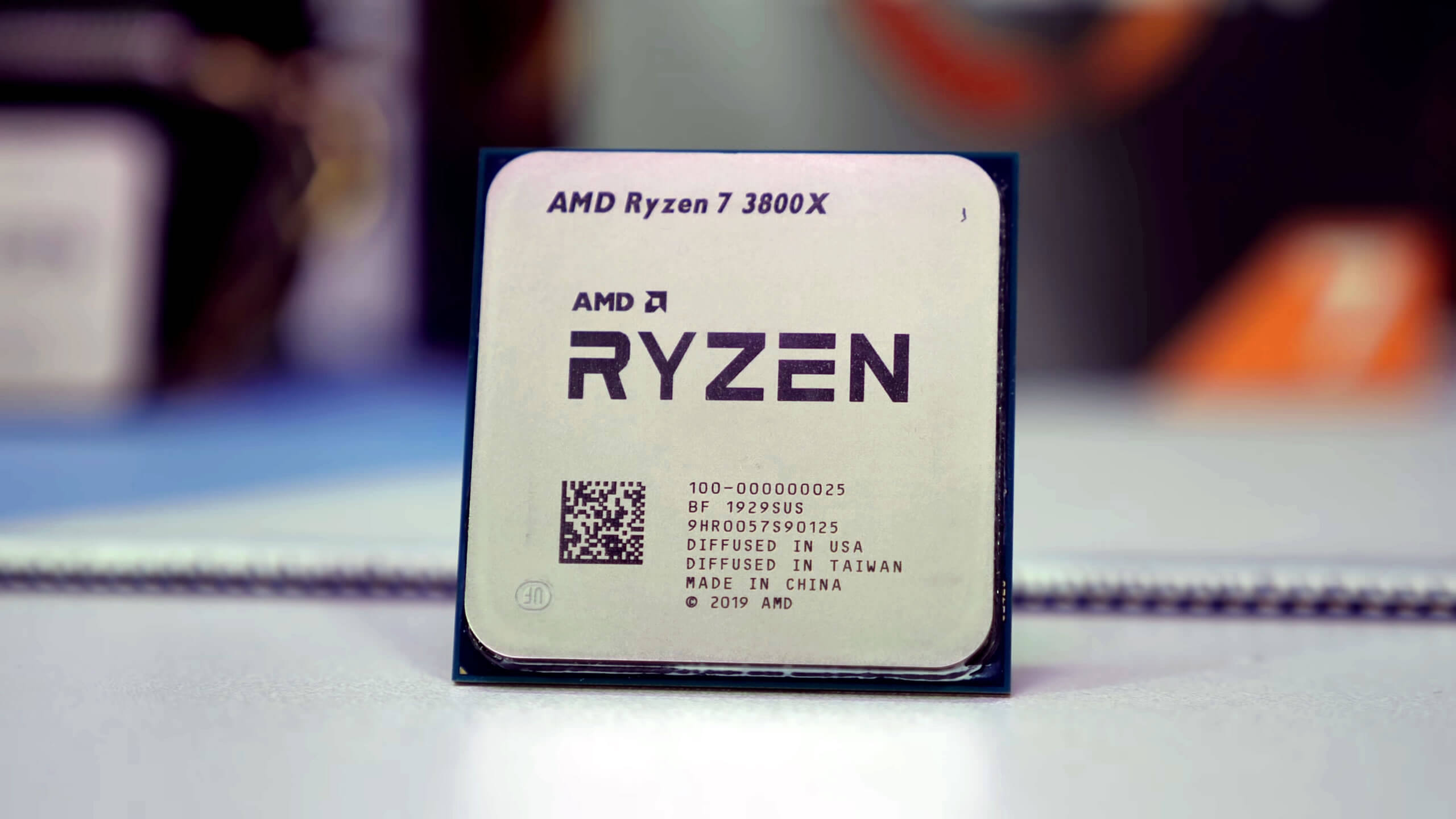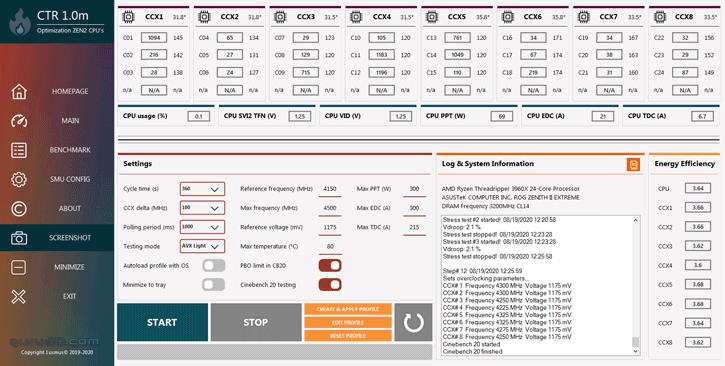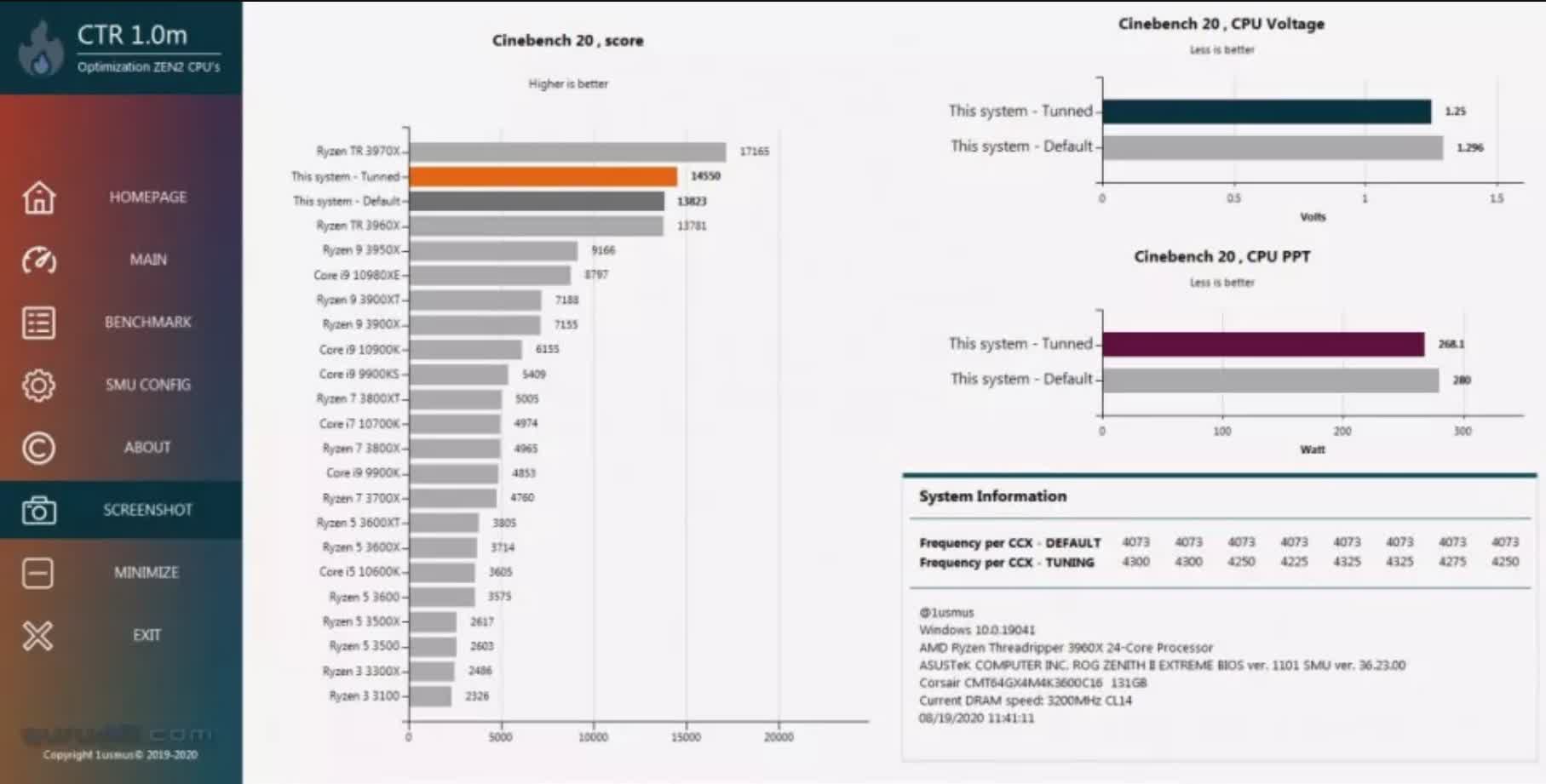Something to look forward to: The person responsible for the excellent DRAM calculator for Ryzen is releasing another piece of free software that will help owners get more out of their Zen 2 platform. ClockTuner for Ryzen (CTR) not only squeezes extra performance out of your AMD processor, but also decreases its power consumption.

Yuri "1usmus" Bubliy is known for creating the DRAM calculator for Ryzen program (download here), a free tool that makes overclocking the memory on Ryzen-based systems easier and safer. As reported by Guru3D, their next project will likely be just as welcome by AMD fans.
Unlike DRAM calculator, CTR is limited to Zen 2 processors as it takes advantage of AMD's chiplet design. It supports both the Ryzen 3000-series and Threadripper 3000-series processors, and 1usmus says the software will work with Zen 3 CPUs as per-core voltage and frequency adjustments are possible with the upcoming architecture.
CTR works by undervolting each CCX (Core Complex), thereby making the processor faster and cooler while drawing less power. The Smart Overclocking module evaluates the quality of each CCX and adjusts the frequencies individually.
CTR keeps all the energy-saving technologies active. The whole process is automated and reportedly has no restrictions, and a version of Prime95 with a special preset—developed by 1usmus—evaluates the stability of each CCX. There's also an integrated Cinebench R20 benchmark to see how much CTR has improved a system's performance.
Another great aspect of the software is that it will work with any motherboard brand, even those that do not support CCX configurations. It does this by using low-level SMU access to bypass any limitations placed on the mobo.
1usmus posted some CTR results. Using a Ryzen 9 3900X, they were able to increase performance by almost 7 percent while reducing power consumption by 9.5 percent. A Threadripper 3960X test, meanwhile, brought a 5 percent performance boost and a power consumption drop of 4.5 percent.
CTR is scheduled to release this September.
https://www.techspot.com/news/86498-upcoming-free-software-brings-more-performance-lower-power.html

